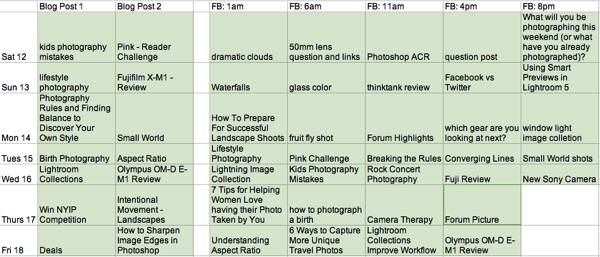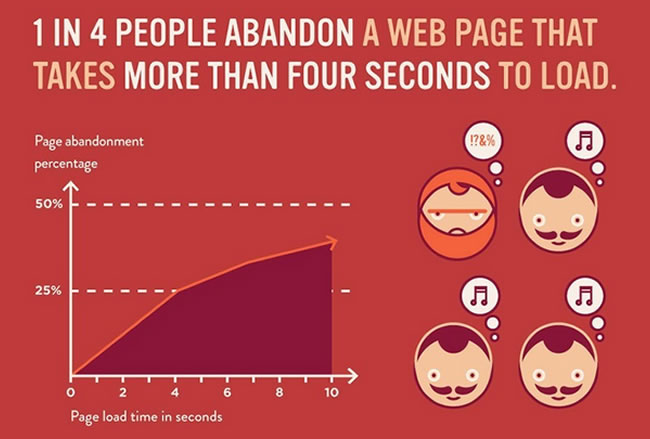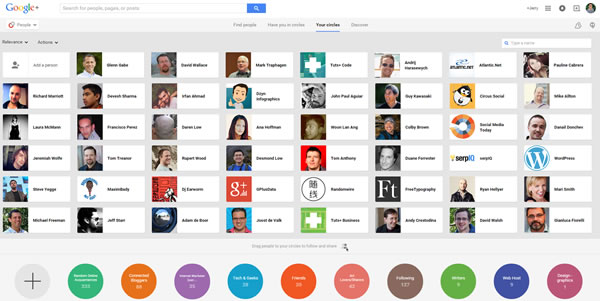This is a guest contribution from Caitlin Gustafson.I imagine a dirt road with boys playing with a lonely old soccer ball in the warm sunshine. A little boy with dark brown curls chases the ball, his worn sneakers kicking up dust from the street.
I don’t know if that’s what life is really like for Janair, my sponsor child from Honduras. But every time I get a hand-written letter in crayon, or I see a new picture of him, it’s what I imagine.
Compassion International is a non-profit organization that works in 26 countries around the world and is one of the few organizations that holds a 4-star rating from CharityNavigator.
Compassion was doing content marketing before it was in vogue and they consistently outperform other similar non-profits in their efforts. Though Compassion International uses many methods of content marketing, including video, Pinterest, direct mail, and email, a huge part of their success is tied to blogging.
According to Content Marketing Institute, 61% of Non-Profit marketers use content marketing, but only 35% say their efforts are effective. I’d venture a guess that the marketing team at Compassion International is within that 35%.
Company Blog
Every few days, Compassion International posts new stories to their blog. Some are communicated from field specialists, those who work directly with sponsored children and world relief projects. These are stories of heartbreak and hope for a brighter future. Some are inspirational pieces written to encourage sponsors to have more involved relationships with their sponsored children. Other stories are written by sponsored children who have overcome poverty through Compassion programs. Occasionally you will hear from a sponsor who tells how their involvement in Compassion has changed their life.
What makes the blog so engaging is how they manage to tell a story in each update. All of these are all personalized stories from people directly involved in their relief programs. They aren’t lists of ways to alleviate poverty, and individual blog posts aren’t likely to rank for any keywords in a Google search.
Somehow I doubt ranking for specific keywords is the intent with this blog. Instead, it’s a compelling collection of stories that keeps readers coming back, engaged, and committed to Compassion’s relief efforts.
A Network of Bloggers
Not only does Compassion keep an active blog that gets great engagement on social media and more, they have a network of over 350 affiliate bloggers to amplify their message to new audiences. Some of these bloggers are big names with lots of followers, such as author Ann Voskamp, or popular musical artist Shaun Groves. Compassion offers monthly assignments or writing prompts that bloggers can incorporate into their content calendars if they so choose.
Through this program each blogger is given a sponsor affiliate code and they can track how many children are sponsored through the links they use on their website. It’s a different rewards program than many affiliate networks, which reward bloggers with commissions or free product based on sales. Instead, this rewards program directly benefits the blogger’s sponsor child through family gifts that help impoverished families buy extra food, clothes, chickens, etc.
International Blogger Trips
Every so often, Compassion takes groups of sponsors overseas to meet the children they support. Bloggers often come on these trips and write about their experiences and encourage others to sign up and sponsor their own children using affiliate links. Myquillyn Smith from Nesting Place and Christy Jordan from Southern Plate are two popular bloggers that have taken part in such trips. Their stories have inspired many readers to sponsor their own children through Compassion International.
What Does This Mean For Me?
As a blogger, your website might not be dedicated to AIDS relief or ending poverty. So if you’re wondering how you can translate Compassion’s blogging success to your financial planning site, here’s my suggestion: readers want stories. It’s never been clearer that the most successful brands, advertisements, and blogs are the ones that tell a story. Ikea Spain’s Holiday commercial last year wasn’t about their furniture. It was about families and togetherness over the Holidays, and told as a story.
Lifestyle bloggers like Joy Cho, Joanna Goddard, and Kendi Skeen are popular because they connect with their readers through stories. KendiEveryday is a style blog – but readers love when she talks about her business ventures into opening her own clothing boutique. OhJoy is a mommy blogger that connects with readers by incorporating her recent pregnancy story into her regular blog content, like her “how to dress the bump” in each month of her pregnancy.
A blog about financial planning can be exciting if you can use it to tell readers how you got into the business of stocks and IRAs. Could you tell a client’s success story? Incorporating these stories into your regular blog content can only benefit your blog in the long run as it builds that personal relationship with your readers.
Caitlin Gustafson is an Online PR Specialist for Web Talent Marketing with a focus on content marketing and social media. You can find her blogging and tweeting about her two favorite things: digital marketing and travel.
Originally at: Blog Tips at ProBlogger
How Compassion International Uses Blogging to Save Lives

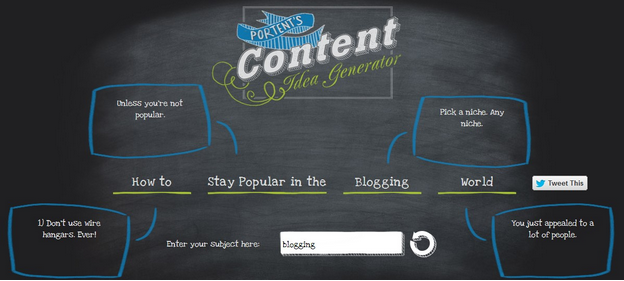
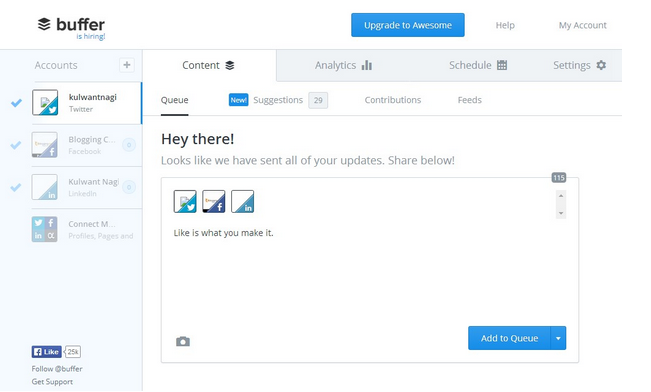
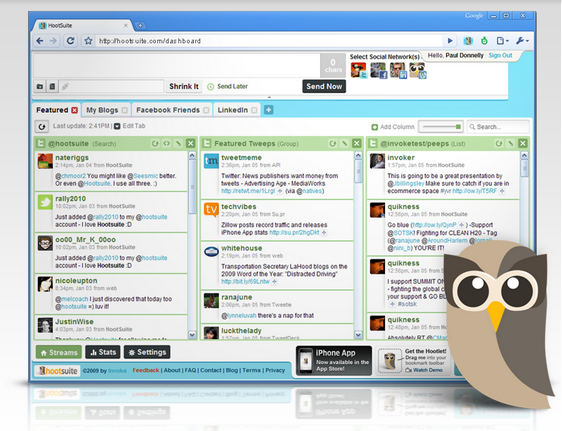
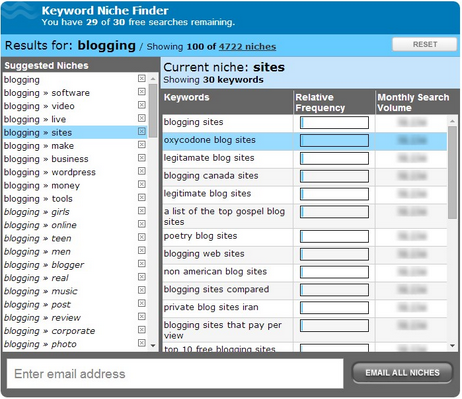


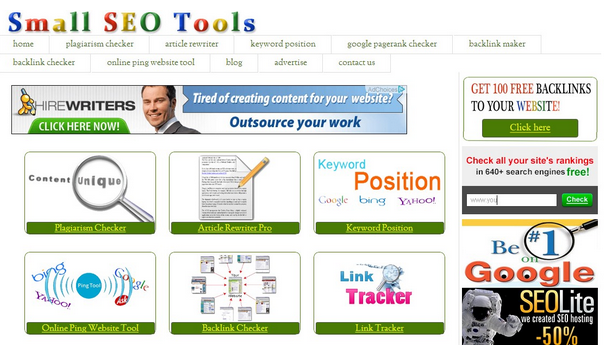
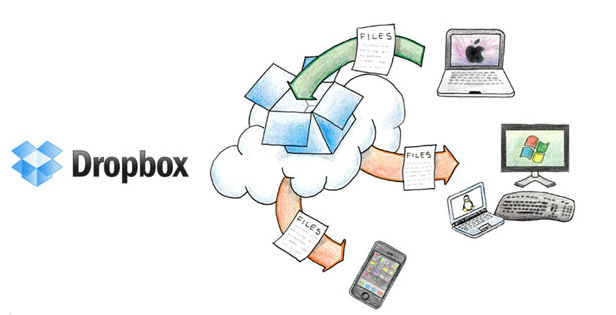

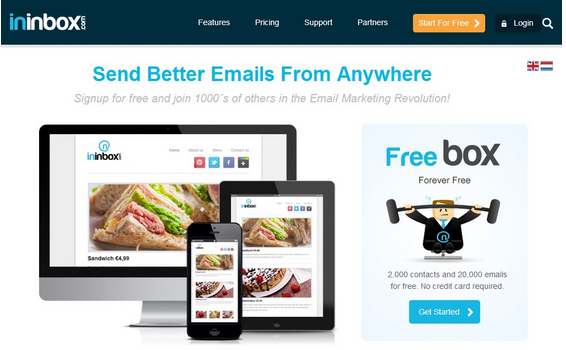
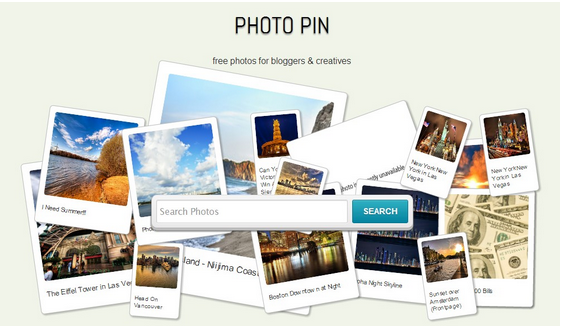
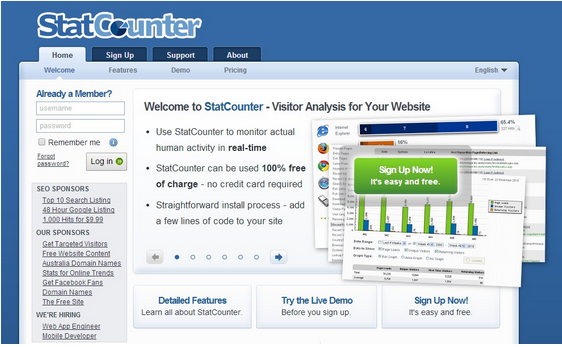

![How to Create Your Guest Blogging Strategy [with a 5 step template] Screen-Shot-2015-02-13-at-11.08.34-am How to Create Your Guest Blogging Strategy [with a 5 step template]](https://www.problogger.net/wp-content/uploads/2015/02/Screen-Shot-2015-02-13-at-11.08.34-am.png)
![How to Create Your Guest Blogging Strategy [with a 5 step template] Screen-Shot-2015-02-13-at-11.09.10-am How to Create Your Guest Blogging Strategy [with a 5 step template]](https://www.problogger.net/wp-content/uploads/2015/02/Screen-Shot-2015-02-13-at-11.09.10-am.png)
![How to Create Your Guest Blogging Strategy [with a 5 step template] Screen-Shot-2015-02-13-at-11.09.37-am How to Create Your Guest Blogging Strategy [with a 5 step template]](https://www.problogger.net/wp-content/uploads/2015/02/Screen-Shot-2015-02-13-at-11.09.37-am.png)
![How to Create Your Guest Blogging Strategy [with a 5 step template] Screen-Shot-2015-02-13-at-11.10.20-am How to Create Your Guest Blogging Strategy [with a 5 step template]](https://www.problogger.net/wp-content/uploads/2015/02/Screen-Shot-2015-02-13-at-11.10.20-am.png)
![How to Create Your Guest Blogging Strategy [with a 5 step template] Screen-Shot-2015-02-13-at-11.10.37-am How to Create Your Guest Blogging Strategy [with a 5 step template]](https://www.problogger.net/wp-content/uploads/2015/02/Screen-Shot-2015-02-13-at-11.10.37-am.png)
![How to Create Your Guest Blogging Strategy [with a 5 step template] Screen-Shot-2015-02-13-at-11.11.26-am How to Create Your Guest Blogging Strategy [with a 5 step template]](https://www.problogger.net/wp-content/uploads/2015/02/Screen-Shot-2015-02-13-at-11.11.26-am.png)
![How to Create Your Guest Blogging Strategy [with a 5 step template] Screen-Shot-2015-02-13-at-11.11.58-am How to Create Your Guest Blogging Strategy [with a 5 step template]](https://www.problogger.net/wp-content/uploads/2015/02/Screen-Shot-2015-02-13-at-11.11.58-am.png)
![How to Create Your Guest Blogging Strategy [with a 5 step template] Screen-Shot-2015-02-13-at-11.12.43-am How to Create Your Guest Blogging Strategy [with a 5 step template]](https://www.problogger.net/wp-content/uploads/2015/02/Screen-Shot-2015-02-13-at-11.12.43-am.png)
![How to Create Your Guest Blogging Strategy [with a 5 step template] Screen-Shot-2015-02-13-at-11.13.06-am How to Create Your Guest Blogging Strategy [with a 5 step template]](https://www.problogger.net/wp-content/uploads/2015/02/Screen-Shot-2015-02-13-at-11.13.06-am.png)
![How to Create Your Guest Blogging Strategy [with a 5 step template] Screen-Shot-2015-02-13-at-11.13.45-am How to Create Your Guest Blogging Strategy [with a 5 step template]](https://www.problogger.net/wp-content/uploads/2015/02/Screen-Shot-2015-02-13-at-11.13.45-am.png)
![How to Create Your Guest Blogging Strategy [with a 5 step template] Screen-Shot-2015-02-13-at-11.14.26-am How to Create Your Guest Blogging Strategy [with a 5 step template]](https://www.problogger.net/wp-content/uploads/2015/02/Screen-Shot-2015-02-13-at-11.14.26-am.png)
![How to Create Your Guest Blogging Strategy [with a 5 step template] Screen-Shot-2015-02-13-at-11.15.28-am How to Create Your Guest Blogging Strategy [with a 5 step template]](https://www.problogger.net/wp-content/uploads/2015/02/Screen-Shot-2015-02-13-at-11.15.28-am.png)
![How to Create Your Guest Blogging Strategy [with a 5 step template] Screen-Shot-2015-02-15-at-3.15.17-pm How to Create Your Guest Blogging Strategy [with a 5 step template]](https://www.problogger.net/wp-content/uploads/2015/02/Screen-Shot-2015-02-15-at-3.15.17-pm.png)
![How to Create Your Guest Blogging Strategy [with a 5 step template] Screen-Shot-2015-02-15-at-3.16.46-pm How to Create Your Guest Blogging Strategy [with a 5 step template]](https://www.problogger.net/wp-content/uploads/2015/02/Screen-Shot-2015-02-15-at-3.16.46-pm.png)
![How to Create Your Guest Blogging Strategy [with a 5 step template] Screen-Shot-2015-02-15-at-3.17.32-pm How to Create Your Guest Blogging Strategy [with a 5 step template]](https://www.problogger.net/wp-content/uploads/2015/02/Screen-Shot-2015-02-15-at-3.17.32-pm.png)
![How to Create Your Guest Blogging Strategy [with a 5 step template] Screen-Shot-2015-02-15-at-3.18.22-pm How to Create Your Guest Blogging Strategy [with a 5 step template]](https://www.problogger.net/wp-content/uploads/2015/02/Screen-Shot-2015-02-15-at-3.18.22-pm.png)
![How to Create Your Guest Blogging Strategy [with a 5 step template] Screen-Shot-2015-02-15-at-3.19.09-pm How to Create Your Guest Blogging Strategy [with a 5 step template]](https://www.problogger.net/wp-content/uploads/2015/02/Screen-Shot-2015-02-15-at-3.19.09-pm.png)

